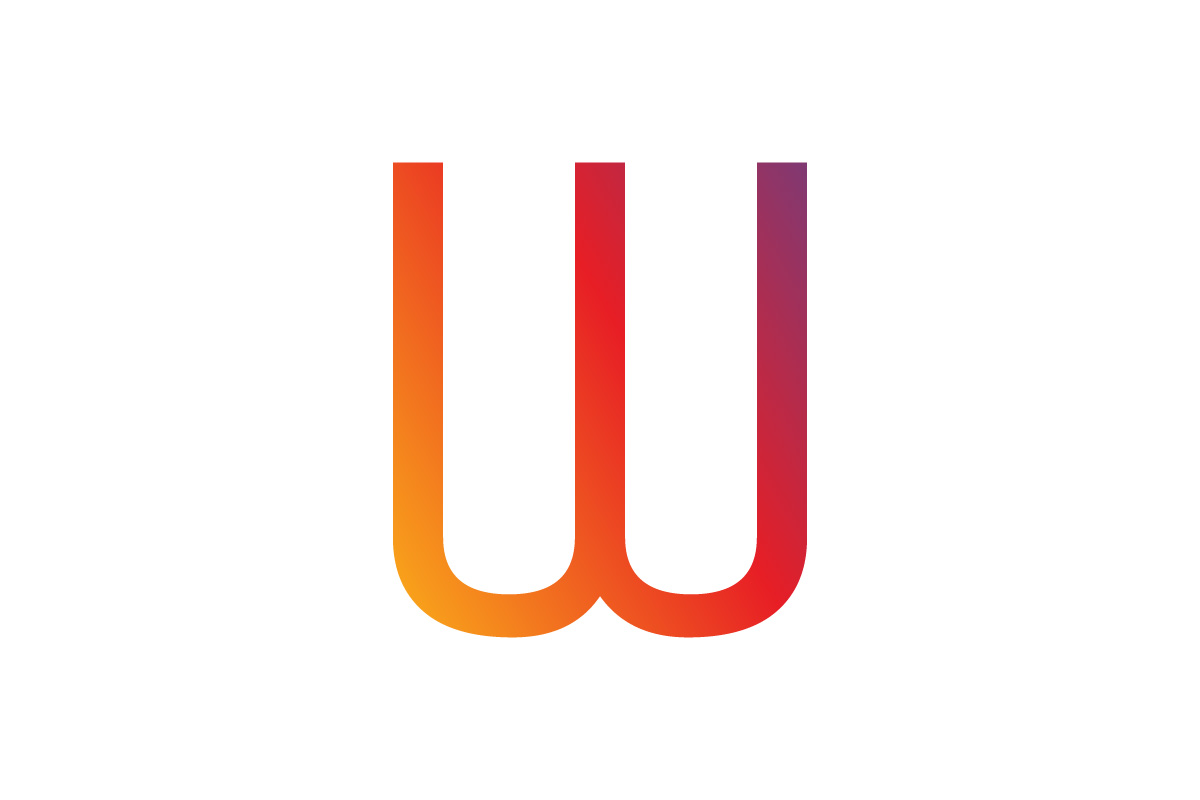Friday the 13th and Social Media: Bad Luck with Hashtags
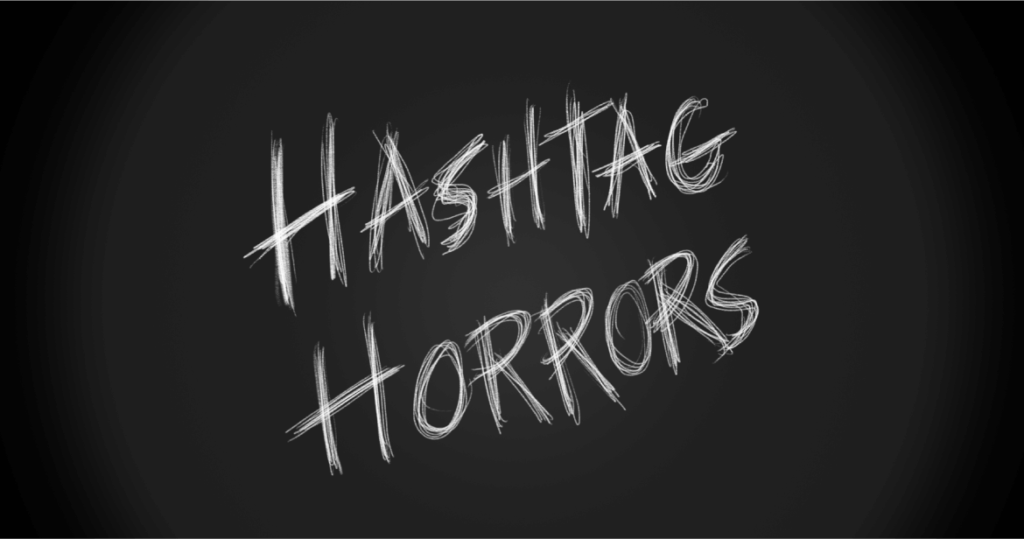
Hashtags are great for growing your business’s following, connecting with online communities, and expanding your reach.
It’s a clear, simple way to make connections. However, so many people get it wrong. Really wrong. Like, “I’ve never cringed harder at the internet” wrong. We highlight some of that for you below, but before we get into some of the scariest hashtag horrors out there, here are some quick tips to remember so your hashtag game stays strong.
- Platform: If it’s not Twitter or Instagram, there’s probably no point to hashtag, especially for Facebook. Facebook has super limited capabilities for hashtags as most people don’t have open profiles, so it doesn’t provide the same kind of engagement.
- Are you about to use a common hashtag? You know – #TBT, #MondayMotivation, #SundayFunday. If so – cool! Do you, bud. As long as you’ve checked your spelling and made sure it’s relevant to your post, you’re good to go!
- Did you make up the hashtag? If you’re launching a campaign, like #BellLetsTalk, then sure, make up your own hashtag and work to get traction. Bell’s campaign has spread like wildfire since its inception. If you aren’t doing a campaign however, and it’s just a one-off, then your hashtag serves no purpose and is a waste of your 280 characters.
- Is it trending? Nothing wrong with hopping on the bandwagon. BUT, check why it’s trending first. Don’t assume that because it’s trending you can throw it into your content – you will quickly hop right off that wagon.
Okay. We got our hashtag game on lock, so now let’s take a look at some organizations who did not, in fact, have their hashtag game on lock (or on any sort of security measure whatsoever).
1. This is an oldie, but the one I reference most frequently. DO NOT DO THIS. You will end up with a lot of negative feedback, and you will deserve it. DiGiorno Pizza saw a trending hashtag (#WhyIStayed) and wanted to get in on the trend. So they Tweeted:
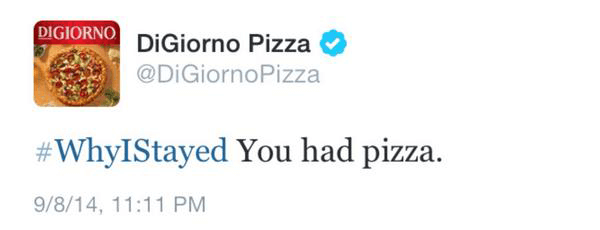
Unfortunately, as noted in point four above, DiGiorno did not check to see why that hashtag was trending – bad move! The trending hashtag was actually part of a movement for violence against women, in which women Tweeted abusive relationship experiences in an effort to combat victim-blaming. So, you can see why people would be upset with DiGiorno jumping on the hashtag to sell pizza. This could have completely ruined the reputation of the business, which had been known positively for its conversational and witty online presence.
RESEARCH A HASHTAG IF YOU’VE NEVER USED IT BEFORE. It takes two minutes.
2. Sometimes even when you technically use a hashtag correctly, you miss the big picture and invite criticism. Lockheed Martin figured this out last year when they posted for #WorldPhotoDay. Sounds harmless, right? Not when you’re the largest arms dealer in the world, and the world is undergoing an epidemic of gun violence. The company Tweeted:
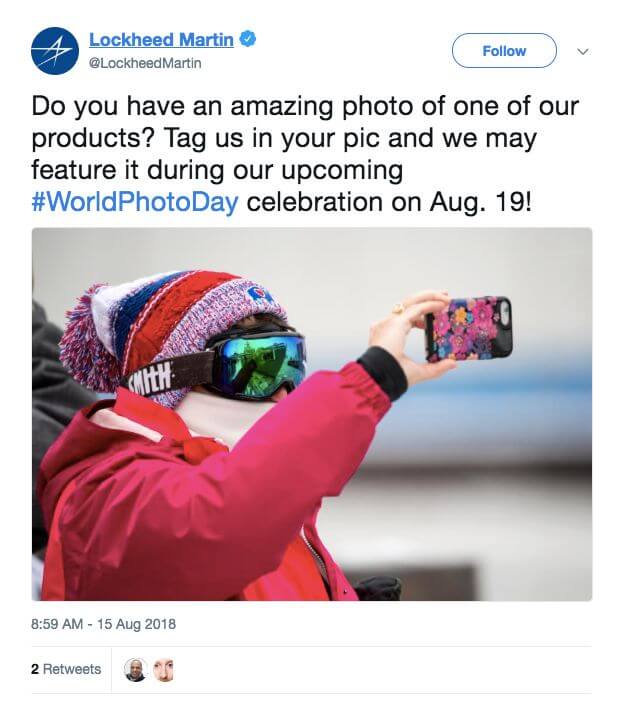
Users promptly responded with instances of gun violence happening all over the world, from officers shooting black youth in the US, to bombs used to destroy entire schools in Yemen. The Tweet was incredibly tone deaf, and offended many users.
Know your surroundings. Scan the environment. Or in this case, use common sense.
3. Attaching a hashtag your campaign can help it go viral – but what happens when your hashtag and your creative clash? HASHTAG HORRORS. Take it from handbag company Vera Bradley, who attempted to empower women with their #itsgoodtobeagirl campaign. Attempted being the operative word here. All of their creative focused on outdated, traditional views of women, and not the strong, independent women we so often celebrate and align ourselves with in 2019. We have more going on than complimenting each other on our totes, Vera.
EXHIBIT A:
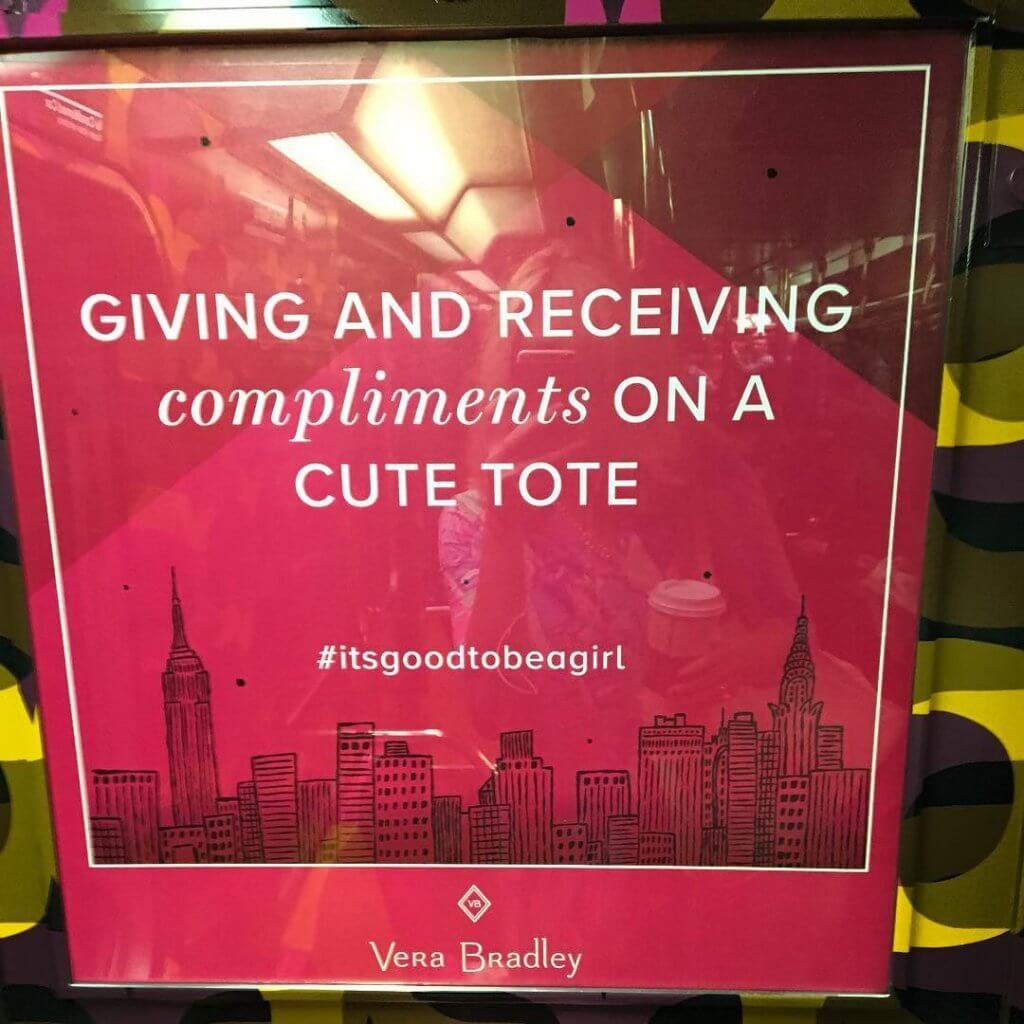
PRO tip: know your audience. If you don’t know them, well you’re really missing a fundamental part of communicating with your customers, but that’s a chat for another day.
4. The two-way communication aspect of social media allows companies to remain transparent, quickly respond to positive or negative feedback, and get an understanding of what their audience wants (what could go wrong?!). American bank JPMorgan knows exactly what could go wrong. Months after causing a national housing crisis in the United States (huge deal. You should be under a rock at this point JP), JPMorgan Vice-Chairman Jimmy Lee encouraged users to ask him questions using #AskJPM. Given their very recent legal issues, it probably wasn’t the best time (it definitely wasn’t the best time). The hashtag was spread widely, which normally would be a good thing, however Jimmy Lee was not prepared to answer questions about ethics, illegal corporate practices, and poor business strategies.
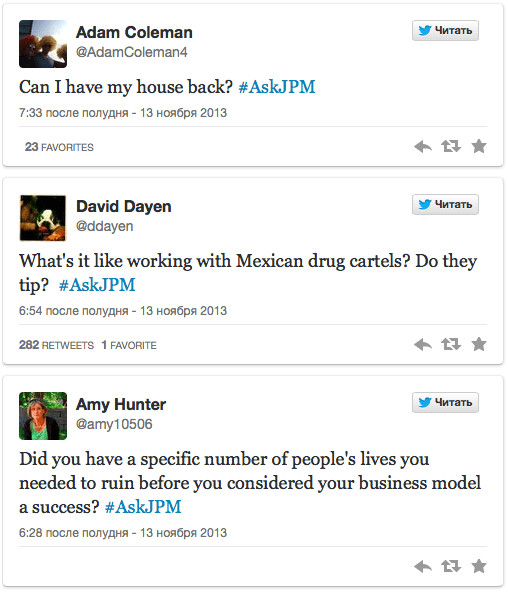
Timing is crucial. Know when it’s not the right time.
5. Even the biggest corporations can’t always navigate the absolute jungle that is that is social media, including McDonald’s. Beyond the fact that their locally sourced ads featuring farmers from whom they get their ingredients has been made into a million memes (“It ain’t much, but it’s honest work”), they completely missed the mark with their original campaign hashtag. In an effort to promote the quality of their products, McDonald’s created the hashtag #MeetTheFarmers, where they showcased their suppliers. It was going really well for the first while, until they changed the hashtag to #McDStories, in turn changing the narrative of the campaign entirely.The company was inundated with Tweets about food poisoning, fingernails in burgers, and projectile vomit. No thanks.
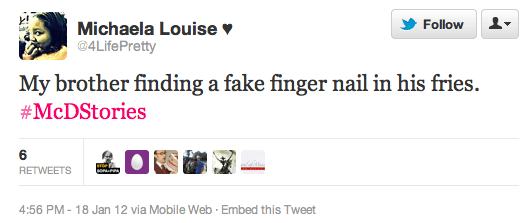
Consider all outcomes. Always consider all outcomes.
Hashtags don’t have to be scary. Do your research, know your audience, and be prepared for trolls – they’re everywhere.
